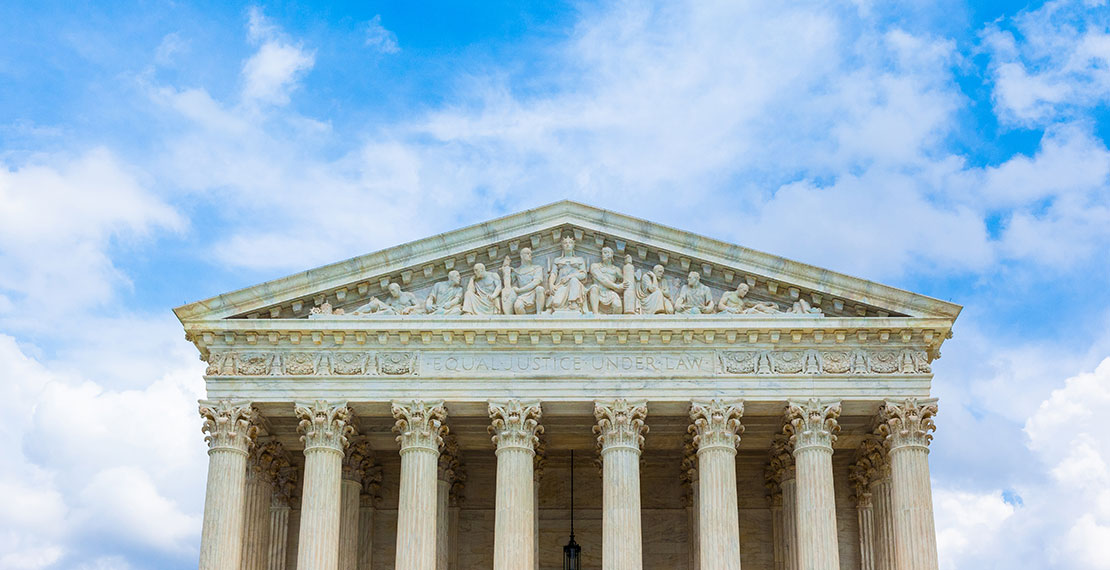From its inception, Selendy & Gay has placed public interest and pro bono work at the heart of its values, believing resolutely that it could offer both high-achieving, leave-it-all-on-the-floor commercial litigators and fierce advocates for the social causes that shape our society.
The firm has fought to protect rent stabilization in New York, advocated in support of a national right to an adequate education, worked to help residential solar customers get fair payments for power they export to the grid, defended a ban on the insidious practice known as “gay conversion therapy,” fought for the bedrock principle that no person - not even the President - is above the law, and many other important issues.
Today, Law360 has recognized the firm as the leader in pro bono hours per attorney. Selendy & Gay beat out nearly 100 of the nation’s top firms in securing this ranking.
Nearly three-quarters of its attorneys exceeded the American Bar Association’s benchmark recommendation of 50 pro bono hours annually. Moreover, it was the only firm to average more than 200 annual pro bono hours per attorney – an incredible accomplishment and one that proves the depth of its commitment in this area.
The full Law360 Social Impact rankings can be viewed here (subscription required).
Methodology
To be considered for the Law360 Pulse Social Impact Leaders standalone ranking on pro bono work, firms needed to be either U.S.-based or have at least 50 attorneys in the U.S. Data was gathered through multiple rounds of surveys throughout the year.
For the number of attorneys participating in pro bono activity and the number working at least 50 pro bono hours, firms were requested to only provide figures for attorneys who were employed through the end of the year. This allowed pro bono headcount data to align with full headcounts, which Law360 reports as of Dec. 31 across its rankings. Firms were required to report the figure of how many attorneys met the 50-hour threshold in order to earn a spot on the list.
For average pro bono hours per attorney, firms were asked to provide their total hourly pro bono output for the year, regardless of whether attorneys were employed through Dec. 31, 2020. Total hour figures were divided by the firm's average number of full-time equivalent attorneys. In instances where a full-time equivalent figure was unavailable, standard headcount was used as the denominator in its place.


3.jpg)

3.jpg)